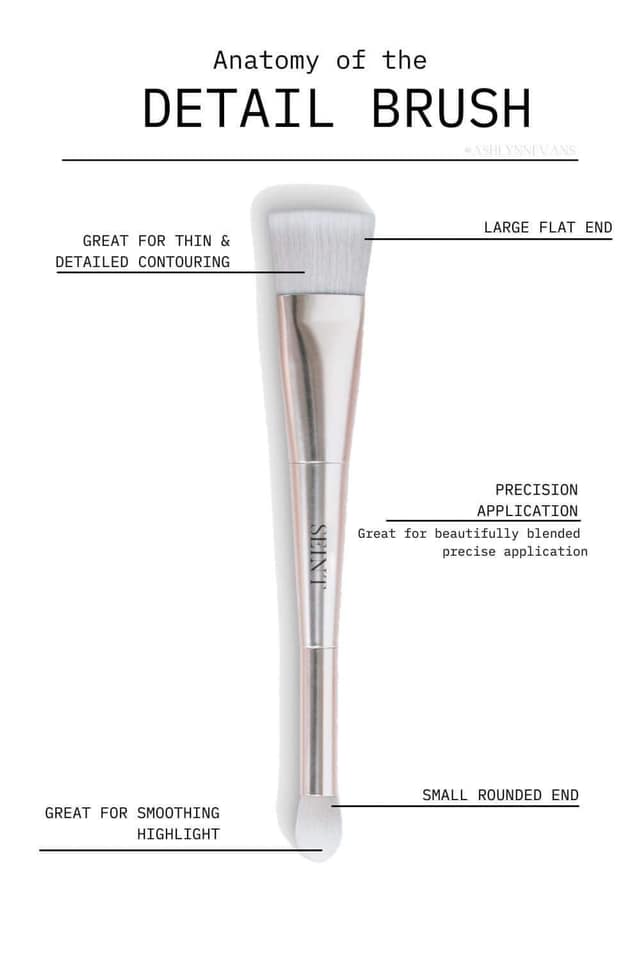Beginner Contour Mistakes: Part 1
Contouring is an art form that, when done correctly, can enhance and define your features like nothing else. However, it’s not without its pitfalls, especially for beginners. There’s one common contour mistake that stands out above the rest, leading to an unnatural or harsh appearance rather than the natural intended sculpted look. Whether you’re new to the makeup game or looking to refine your skills, this contour tip can help achieve a flawlessly contoured look.
Choosing the Wrong Shade for Contouring:
Selecting the appropriate shade is vital for successful contouring with cream makeup. Often, the mistake is choosing a color that’s too dark or has an overly warm undertone, resulting in an unnatural look rather than accentuated features. True contouring works with your natural shadows to define and sculpt the face, without causing harsh contrasts. Cooler or neutral undertone shades are more efficient at mimicking the authentic shadows cast by your face. This strategy ensures a subtle yet striking contour that amplifies your features in a seamless way.
What Contour Brush Is Right For You?
The Detail Brush by Seint makes contouring so easy. This brush is best for beginners + provides more full coverage along with a sharp, defined application
I love to use the large and for contouring, especially as a stamp for the sides of the nose. The small side is great for cleaning up around contour, concealer, and you can also use the small side to dot on your contour and then blend with the large side.

Ignoring Natural Bone Structure:
The cornerstone of exceptional contouring lies in harmonizing with your unique facial structure. Begin by examining your face in good, natural light. Notice where shadows naturally fall and where the light touches your features. These observations are your roadmap for contour application.
The goal is to use contour as a tool for enhancement, not transformation, respecting the inherent beauty of your facial structure.
Integration with your natural features is crucial. Blindly following generic contouring tutorials without adapting to your unique face can result in a look that feels imposed rather than intrinsic. Tailoring your contouring technique to complement your bone structure ensures that the makeup serves you.
The Common Contour Mistake: Don’t apply your contour starting from the bottom of your cheek bone and then going up towards your ear.
Why? This can cause a lot of product on the cheek, there is a significant amount of product defusing up.
How To Fix It: Start by applying your contour at the top of the cheekbone and then down towards the center part of your pupil.
Why? By applying this way you have more contour towards the hairline and then it softly diffuses down

